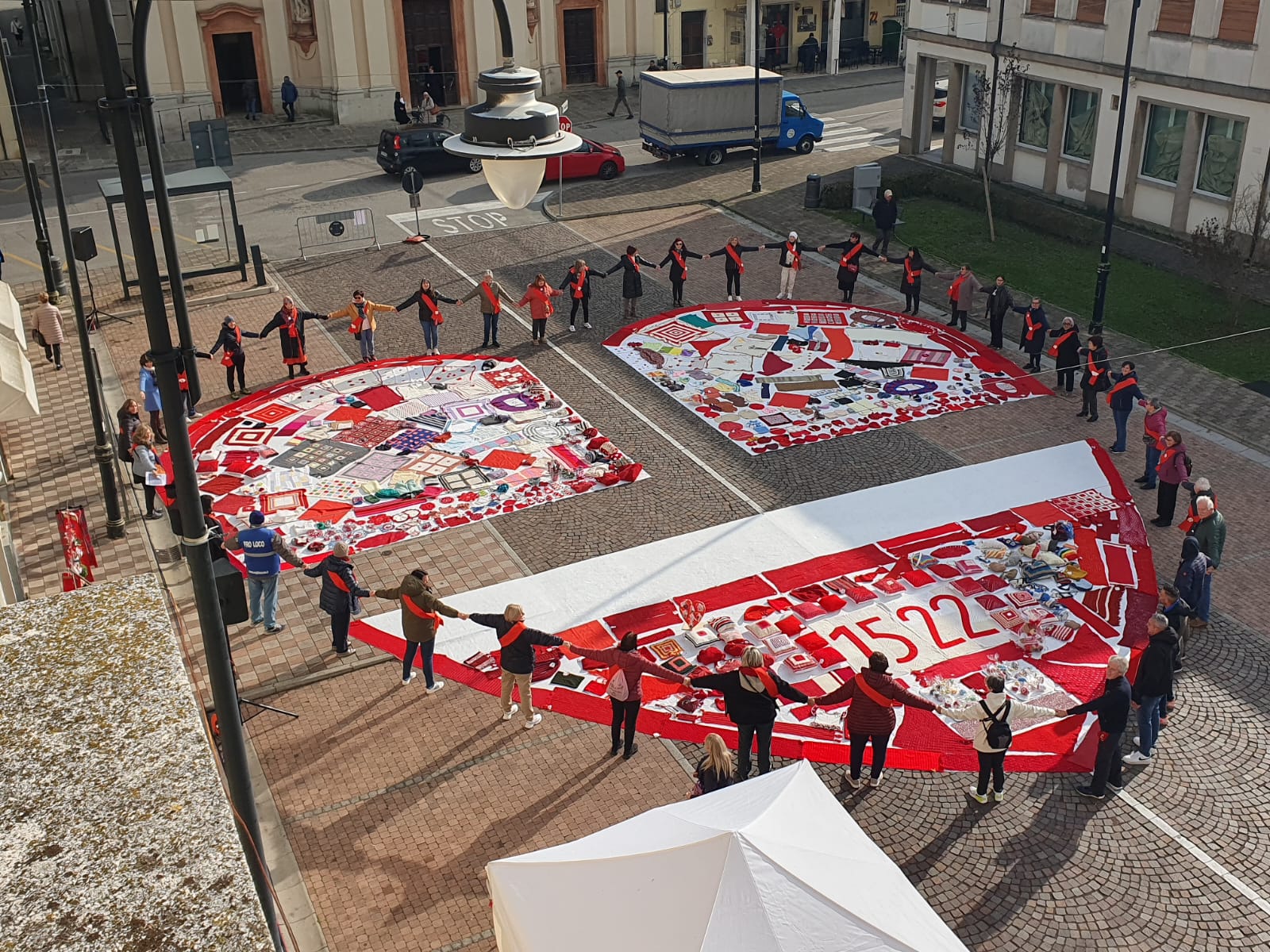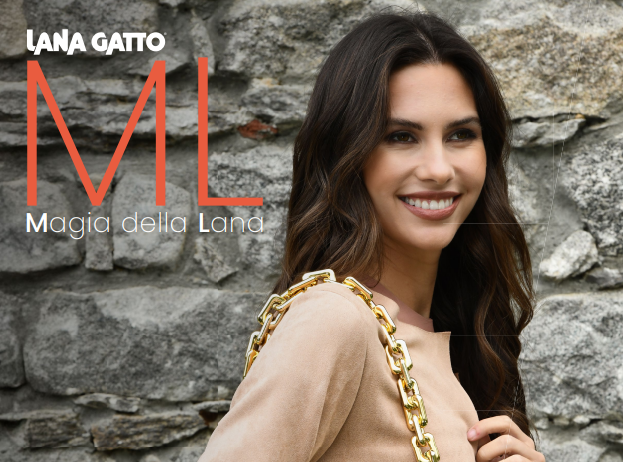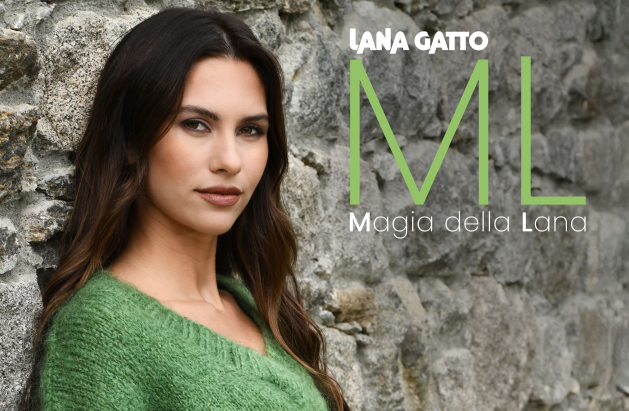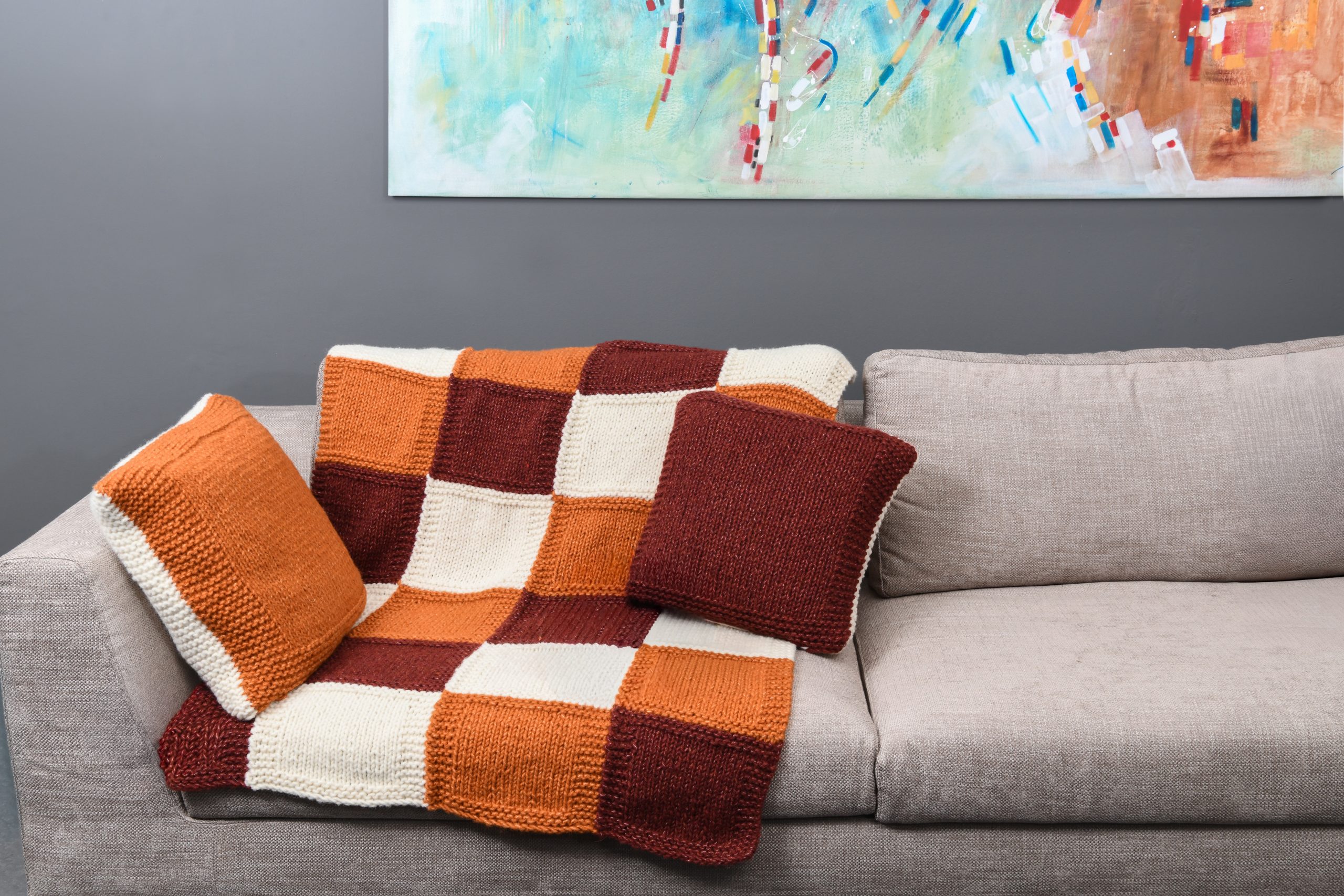Welcome to our new section on plant fibers! In these publications we will explore all the advantages and characteristics of this type of fiber.
Mainly made of cellulose, plant fibers can be obtained from different parts of the plant (pods, seeds, stems etc) and represent an eco-friendly and healthy alternative to synthetic fibers.
Plant fibers have been used since ancient times by all populations: the Egyptians used to make linen garments and fabrics, while the favorite material of China and India was cotton.
The latter is the protagonist of this article. Read on to discover its origin and all its uses.
COTTON
Nowadays the most widely used plant fiber in the world is the one coming from cotton hulls: more than 30 million tons per year are produced, mainly grown in Asia, Africa and America. In the textile industry, cotton finds many adaptations: from mercerized to combed, from twisted to makò up to the blend of several types that give life to yarns of different consistency and yield in the production of fabrics and garments.
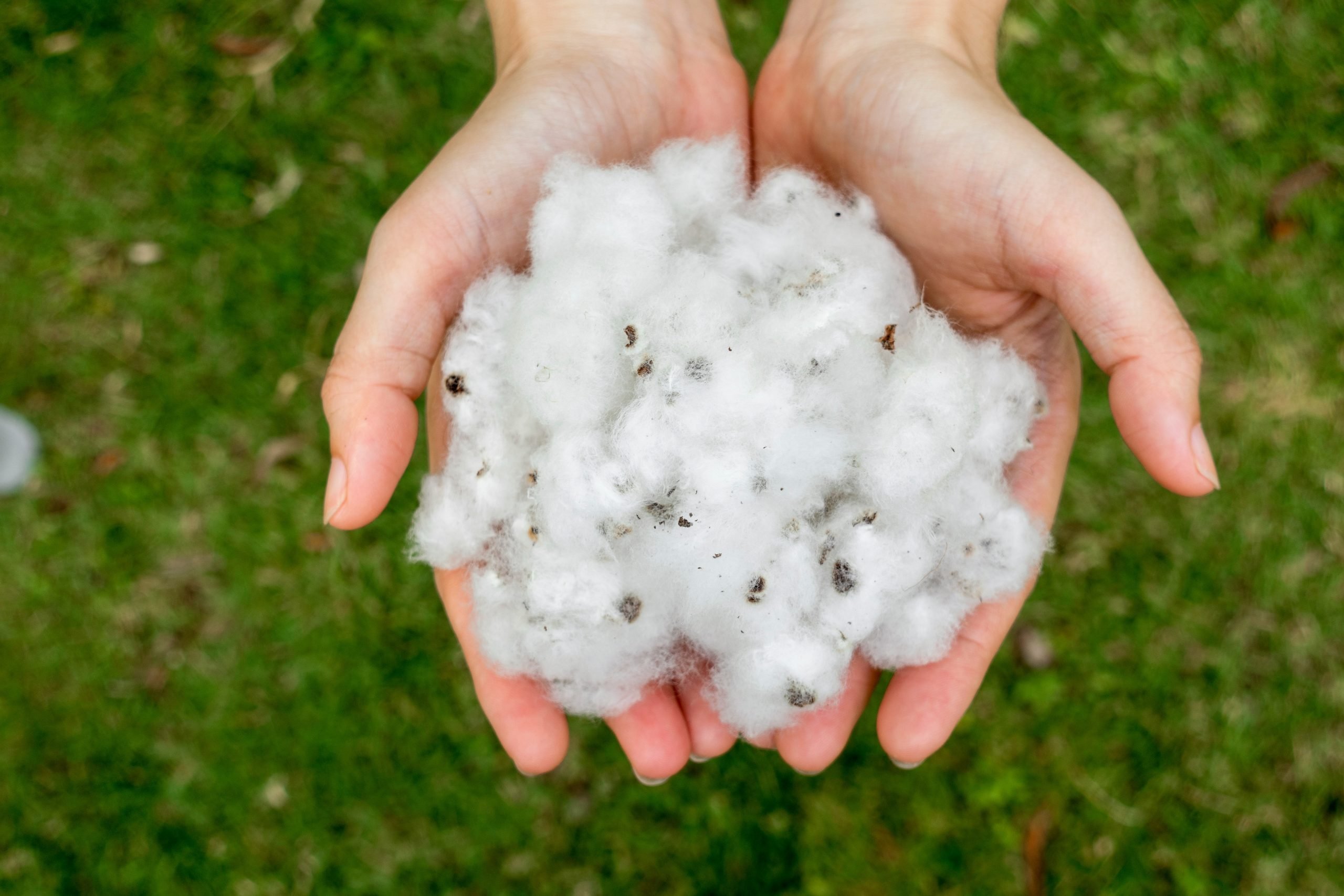
The main characteristics that make cotton so versatile are:
- Comfort
- Easy to print and dye
- High breathability and moisture absorption
- Duration and resistance
- Hypoallergenic
- Eco-friendly and biodegradable
These qualities make cotton perfect to produce not only garments, but also household linens, medical products (such as bandages, gauze, cotton wool etc) and industrial products (nets, ropes, tarps etc). The yield of the finished product depends on the whole productive flow: from the moment of the harvest to the spinning methods up until the weaving and dyeing techniques, everything helps improve the quality of the finished item.
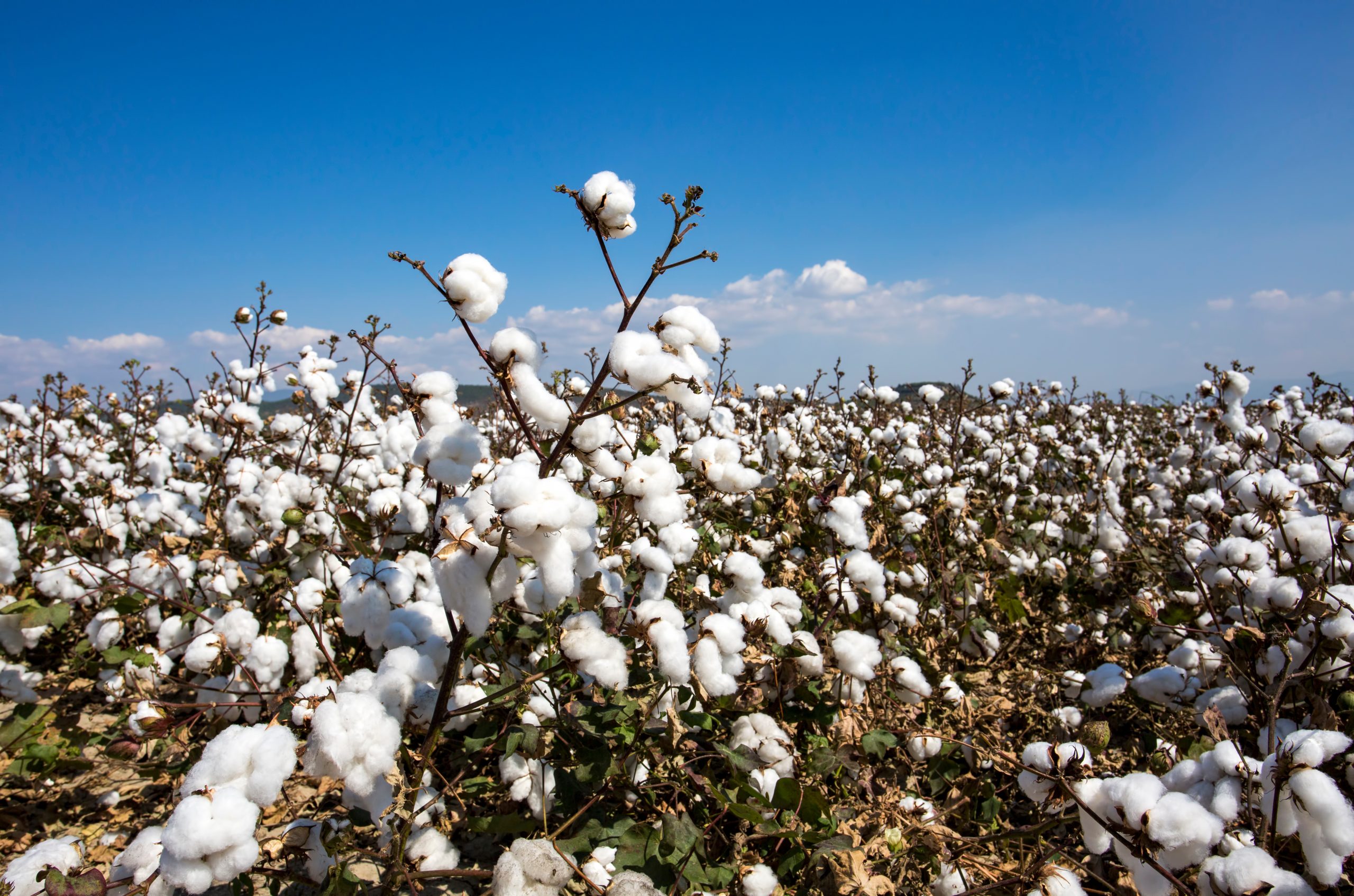
The best-known types of cotton fiber are the following:
- Egyptian Cotton, well-known for its long fibers, which make it extremely soft and lasting. We love Egyptian Cotton too, in fact we use it in our cotton summer yarns such as Milo, Cable 5and Nuovo Jaipur
- Pima Cotton, native to Peru, but currently grown all over the world, it withstands well peeling ad washing
- Upland Cotton: the most common cotton thanks to its ease of growth, but not as fine as its fellows because of its shorter fibers, so the final product is less soft and resistant.
- Sea Island Cotton, known for its long silky fibers which make it luxurious and requested globally. It grows in the area of the Caribbean Sea.
One of the most valuable cotton yarns is combed cotton: its production process involves a special treatment in which the shortest and most fragile fibers are cut off during the combing process. It results in a soft and superior quality yarn compared to traditional ones. Combed fibers are also firmer after being pressed, which guarantees more resistance to the finished product.
The mercerization of cotton, which raises the quality of the yarn, is a process that was born in 1844 thanks to John Mercer (hence the term “mercerized”) and that changes the structure of the cells of cotton in reaction to caustic soda. The fibers become circular and the result is noticeable to touch and sight: the colors are much brighter and more stable to washes (less dyes are used in this way), the fabric is stronger and resistant to tearing and increases hygroscopicity, the ability to absorb and disperse water and therefore the garment will ensure breathability to the wearer.
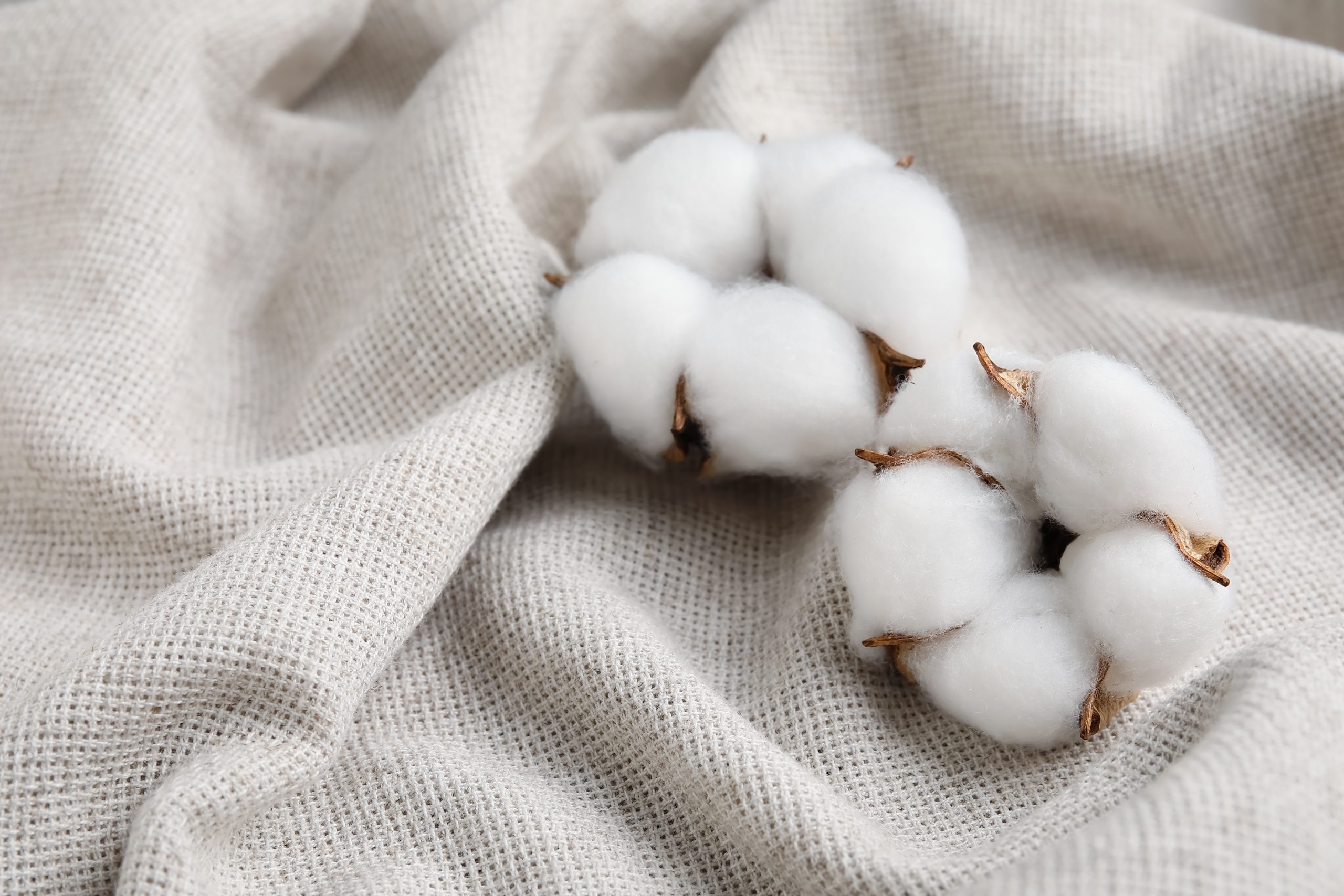
Recently, thanks to the concerns on environment, even famous fashion brands are resorting to the use of organic or biological cotton, defined as that only by specific certifications such as GOTS (Global Organic Textile Standard) which ensures that environmental and social criteria are met. Lana Gatto also will give its contribute to our planet, there will be some GOTS certified yarns in our next SS2026 Collection, because sustainability and health are our priorities.
You can browse our cotton yarns here and check the garments made with them.

